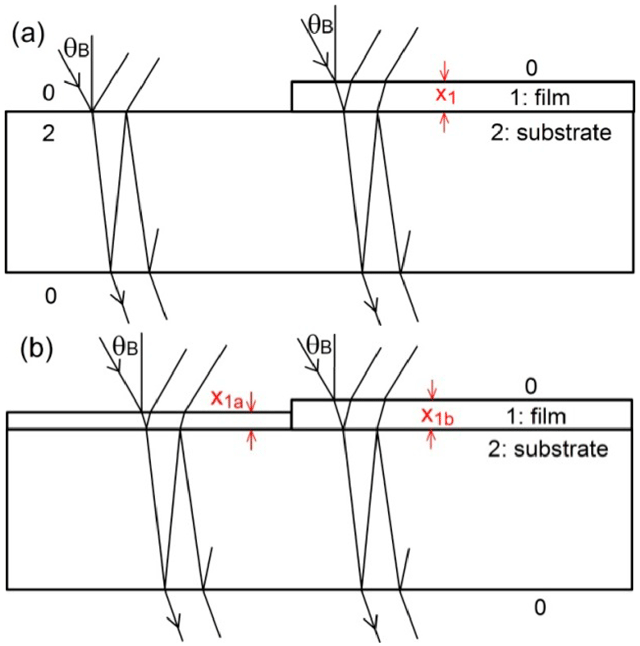Direct measurement of the extinction coefficient by differential transmittance
-
Thin films used as optical coatings have a light extinction coefficient that is barely measurable today.
Madrid / November 22, 2023
A team of researchers from the “Daza de Valdés” Institute of Optics and the “Blas Cabrera” Institute of Physical Chemistry of the CSIC and NASA Goddard Space Center has developed an innovative procedure to precisely measure the extinction coefficient for sheets of very transparent materials. The study, published in the journal Optics Express, describes a pioneering optical method that eliminates the need to assume that the material behaves following a constant optical model and knowledge of additional physical properties of the material.
Latest news
The proposed method is based on the preparation of a sample with two zones, at least one of them covered with a film of the target material. By measuring the differential transmittance between these two areas, the researchers demonstrated that this difference is proportional to the extinction coefficient k of the film material, under specific measurement conditions.

The procedure requires knowing the Brewster angle of the film, which is achieved by previously measuring the refractive index of the material. The refractive index of these thin films can be easily measured using ellipsometry.
The team of researchers demonstrated the usefulness of the method by calculating the extinction coefficient in AlF3 films deposited by evaporation in the far ultraviolet spectrum. Furthermore, they analyzed the uncertainty associated with the new procedure in terms of the uncertainty of the refractive index of the film, the wavelength and the degree of polarization of the incident light, concluding that an uncertainty of 2 × 10-5 is achievable in the measurement of the extinction coefficient k.
The results obtained with this new procedure open new possibilities in the design and development of more efficient optical coatings. This innovative study represents a significant advance in the direct measurement of the extinction coefficient in transparent materials, offering a valuable tool for the research and development of cutting-edge optical applications.
IO-CSIC Communication
cultura.io@io.cfmac.csic.es
Related news
Cold sintering of complex-shaped ceramic materials
Madrid / September 17, 2024Scientists from the Institute of Ceramics and Glass and the Institute of Optics of the CSIC in collaboration with...
Experimental characterization data on aggregates from construction and demolition wastes for the assistance in sorting and recycling practices
Madrid / July 12, 2024Nowadays, the circular economy of construction materials is a challenge that can offer great benefits in environmental, social...
Far UV coatings for liquid-Ar time projection chambers
Madrid / September 22, 2023Liquid Ar (LAr) and liquid Xe (LXe) time projection chambers (TPCs) are used for many applications in neutrino physics...




